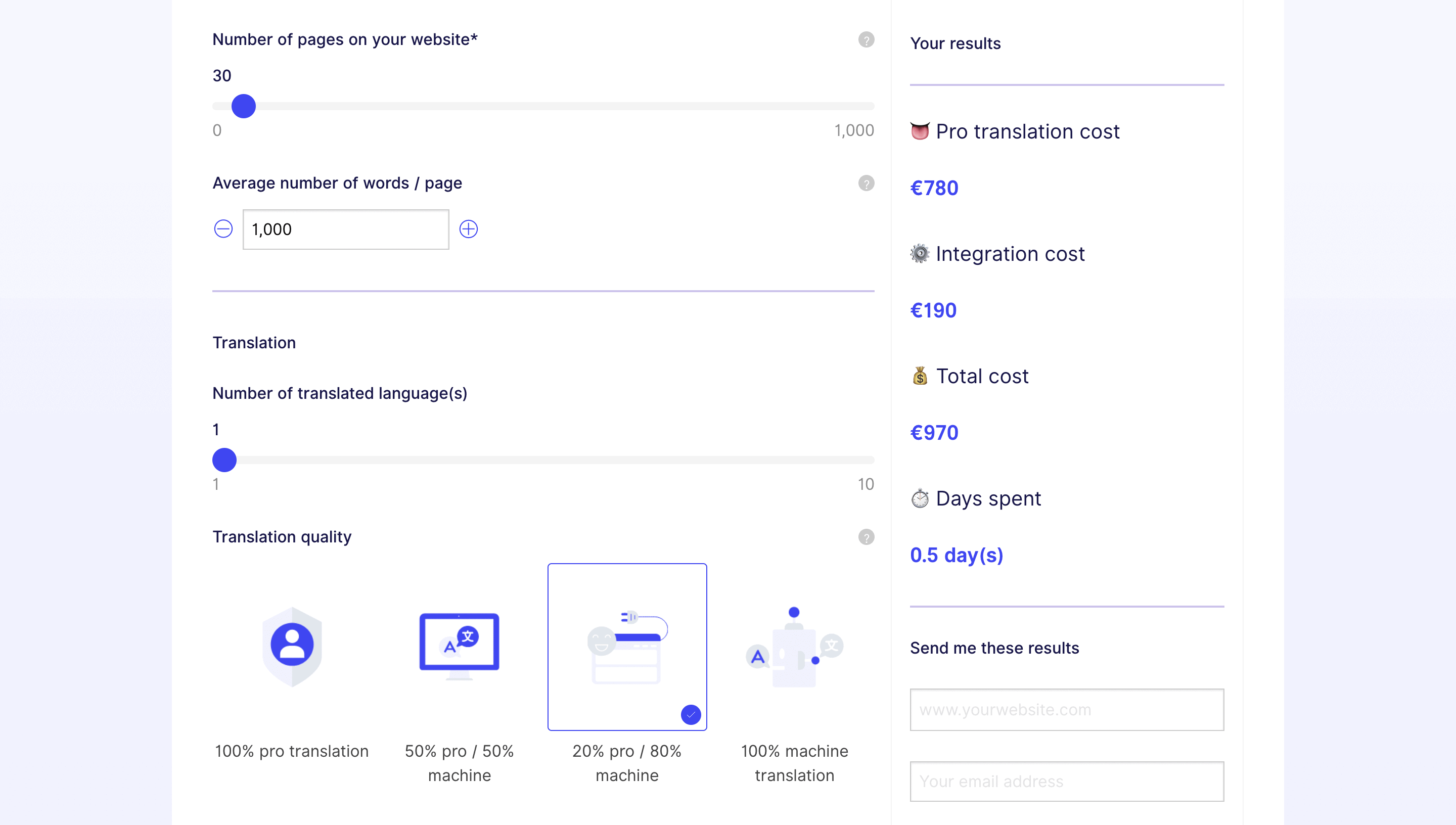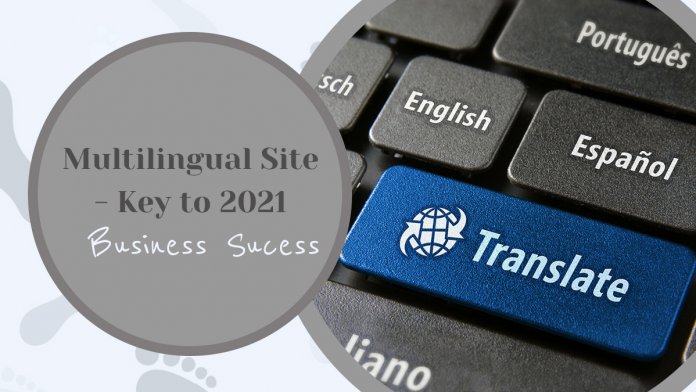You may look at your current metrics and figures and feel pride in your achievements. It’s great to know that your hard work is paying off concretely. Though, if your business only targets one language, you’re leaving money on the table.
Running a multilingual website could give you even greater success throughout the next year.
There are plenty of statistics to confirm that a multilingual website can boost your profits over the next 12 months, especially as more businesses move online due to COVID-19. Even targeting a different language without any other changes opens your business up to new customers. Of course, there is much more to consider.
For this post, we will discuss three reasons why a multilingual website can boost your chances of success in 2021. At the end of the post, we’ll discuss the broad steps you need to create a multilingual website.
1. Cross-Border Purchases Are Up for the 2020-21 Financial Year
Of course, the world is more connected than ever before and continues to grow in this area. We’re in an era of almost instant delivery that isn’t restricted by borders, and this should also extend to your business.
In other words, if your e-commerce website doesn’t cater to both your local and nearby customers across a continent, you’re being left behind. In fact, there’s hard evidence to suggest that a business catering to a global audience (despite its size) can benefit.
Some of this impact is due to COVID-19, although it’s also easier to purchase cross-border now (and will continue to do so). Though, the demographics involved are key here. The statistics suggest that around 86 percent of 18–34-year-olds will purchase cross-border, while older demographics swing the other way.
The takeaway here is that both your local and cross-border selling strategies are important. It may be that you develop a multilingual website that caters to younger demographics while serving something different to older customers. Of course, you could also leverage the holiday season and serve multilingual and localized content to older users hunting for gift ideas.
2. The English Language Isn’t as Dominant Online As You May Think
Quick question: Which language dominates the internet? To get the answer, you may head to data sites and deduce that because English is used on most websites, this has the greatest dominance. Though, this isn’t a complete truth.
In fact, there’s a different way to look at the 61 percent of sites using English as a primary language: 39 percent of sites use other languages.
What’s more, this doesn’t take into account several other factors:
- Just because sites are presented in English doesn’t mean it targets the right users.
- Speakers of other languages may not find content in their primary language, so they have to ‘settle’ for English.
- While English alone accounts for two-thirds of websites, the other third is underrepresented. For example, around 590 million people speak Hindi, yet only 0.1 percent of websites use the language.
To take this further, users often want to read websites in their native language. For example, Swedish users (which has one of the world’s best non-native English speakers) are 80 percent more likely to purchase from sites in their native language.
This means that your site should not just cater to users within a specific country. It should also target the languages of that country too. It may not seem like there is a large appetite for a native language website. Though, the users who speak the language could repay you in a literal way.
3. You Have an Astronomical Return On Investment (ROI) With Localization
Of course, there’s no reason to implement a solution if it doesn’t bring revenue, sales, and income. As such, it’s good to know that localizing your site and making it multilingual can bring huge gains.
For example, every €1 spent on localization equals €25 in return. In fact, there are other impressive numbers around ROI and conversions too. Eyewear brand Jimmy Fairly increased its international turnover 10 times after going multilingual.
For you, this means one thing: Personalization. By implementing a localized, personal experience for your site’s visitors, they are much more likely to make a purchase. After all, you show that you understand their needs – it’s a classic customer-focused business that never goes out of style.
What’s more, catering to potential and existing users in this way can make you stand out among those sites that don’t put the effort in. You can be the first into a market, grab a decent share, and capitalize without breaking a sweat.
How to Create a Multilingual Website
To sum up, creating a multilingual website could be encapsulated in the following:
- Find out the scope of your user base, and target those locales too. You can start from those areas with direct borders and expand out.
- Consider going against the ‘facts’ relating to languages used on the web. Instead, create content in different languages to better serve your users.
- If you set your business apart in this way, the rewards can be astronomical – in some cases, up to 25–30 times your investment.
To get there, though, you need good website translation software, such as Weglot.

It’s compatible with every website technology you’ll use and provides a ‘no-code’ way to translate your website. The software detects your content, carries out first-layer machine translation, then displays it under language subdomains or subdirectories (no need for multiple websites). For many websites, machine translation may be enough to go live. However, you can also edit the translations further alongside an expert of your choosing (if necessary) through your Weglot Dashboard.
In addition, Weglot carries out essential multilingual SEO tasks and implements hreflang tags on your behalf. The latter is a complex yet necessary requirement for a multilingual website.
The best news is that implementing translations is cost-effective. In fact, you could use a dedicated cost calculator to help you understand and budget for your needs:

Though, once you begin to dig into the numbers, you’ll see that compared to the potential income, your outlay is of immense value.
In Conclusion
If your website is turning a profit, congratulations! Though, if you have designs on a greater return for your efforts, creating a multilingual website could multiply that success manifold.
By not doing so, you alienate a large chunk of your targeted audience population, says Kevin Crockett, a car accident lawyer in Orange County.
In this article, we’ve offered three reasons why a multilingual website is your best chance of business success in 2021:
- People are making more cross-border purchases.
- English isn’t dominant online, so localized content could give you a slice of a new market.
- The ROI for a localized website is huge.
If you’re interested in how Weglot can help you turn a one-trick pony into a dynamic multilingual website, you’re in luck. You can sign up for free with a ten-day trial, with no obligation!

